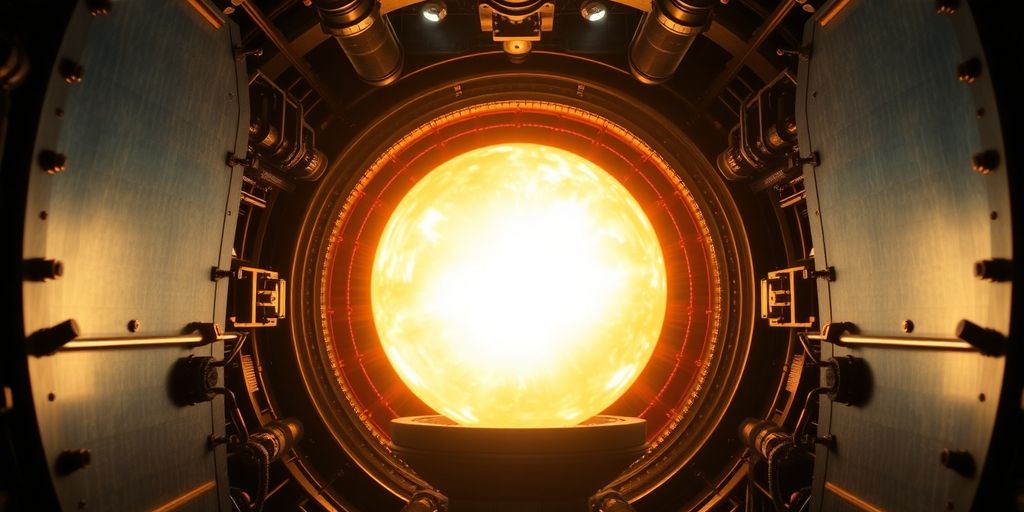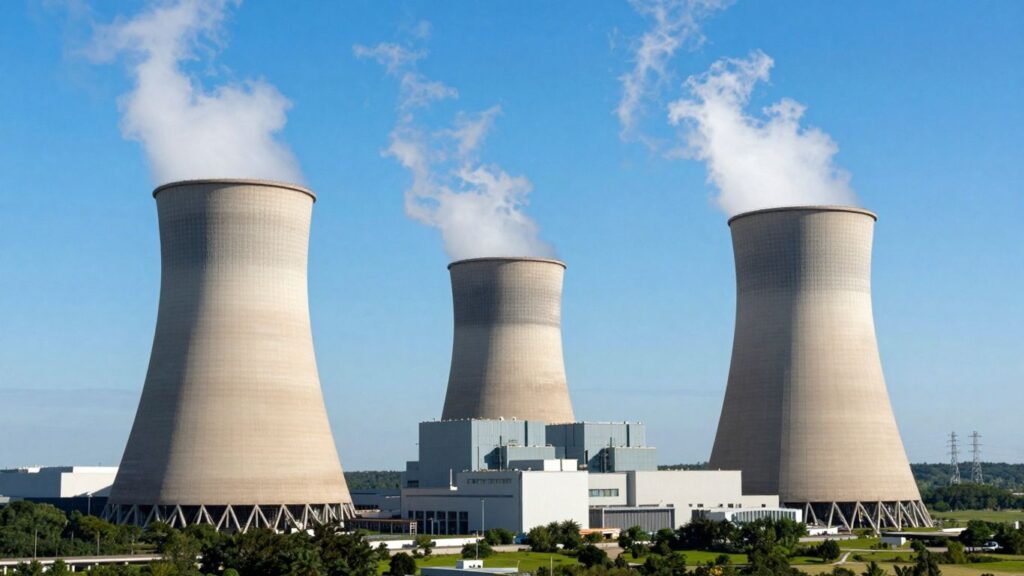China’s Experimental Advanced Superconducting Tokamak (EAST) has achieved a significant milestone in nuclear fusion research, maintaining a stable plasma loop for 1,066 seconds. This breakthrough, more than doubling its previous record, brings the world closer to harnessing the potential of near-limitless clean energy.
Key Takeaways
- China’s EAST reactor sustained a stable plasma loop for 1,066 seconds, a new world record.
- This achievement is a crucial step towards developing practical fusion power plants.
- Fusion energy promises a clean, virtually inexhaustible power source.
- Advancements in superconducting magnet technology, like those developed by MIT and CFS, are critical for future fusion reactors.
The Quest for Artificial Suns
Nuclear fusion, the process that powers the sun, involves fusing light atoms to create heavier ones, releasing immense energy. Scientists aim to replicate this on Earth, creating "artificial suns" that could provide a clean energy alternative without greenhouse gas emissions or significant nuclear waste. However, achieving and sustaining the extreme temperatures and pressures required has been a decades-long challenge.
EAST’s Record-Breaking Performance
The EAST reactor, a type of magnetic confinement device known as a tokamak, successfully maintained a highly confined loop of plasma for over 17 minutes. This extended duration is vital for the continuous operation needed in future fusion power plants. While EAST has not yet achieved ignition (where the fusion reaction becomes self-sustaining), this record demonstrates progress in controlling and confining the superheated plasma for prolonged periods.
Technological Advancements and Future Prospects
This achievement builds upon broader advancements in fusion technology. For instance, a project involving MIT and Commonwealth Fusion Systems (CFS) has successfully demonstrated a powerful high-temperature superconducting electromagnet, a critical component for creating the strong magnetic fields needed to contain plasma. This innovation could lead to smaller, more cost-effective fusion devices.
While fusion power is still decades away from widespread commercial use, these breakthroughs, including China’s EAST record and the magnet technology advancements, represent significant steps forward. International collaborations, such as the ITER project in France, also play a crucial role in advancing fusion science and paving the way for a sustainable energy future.












